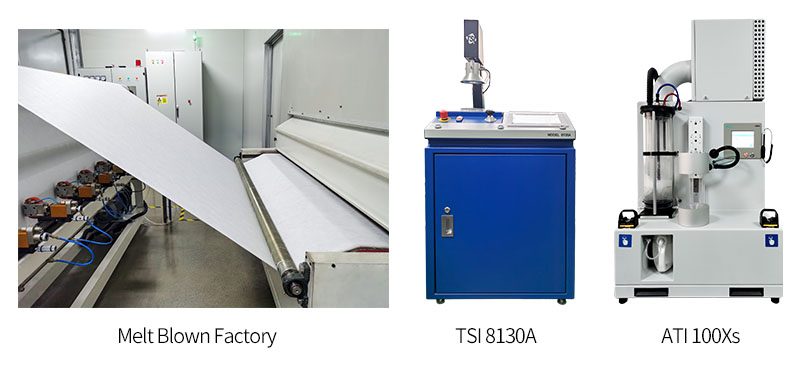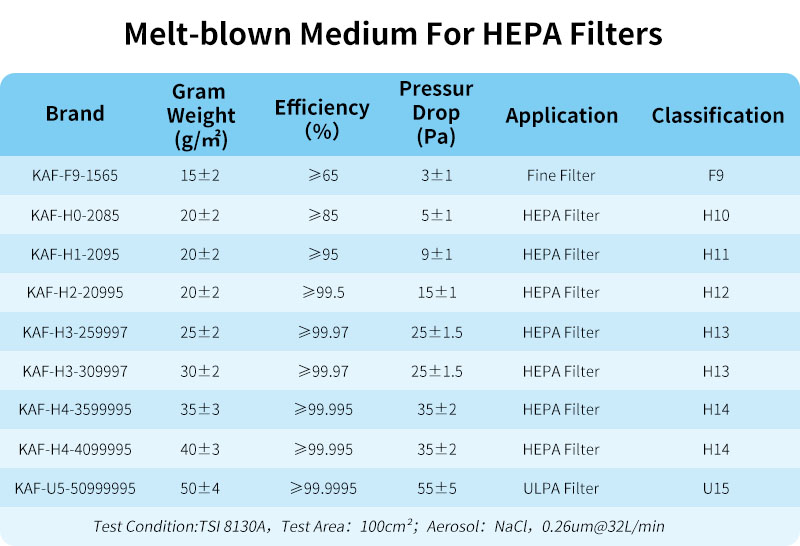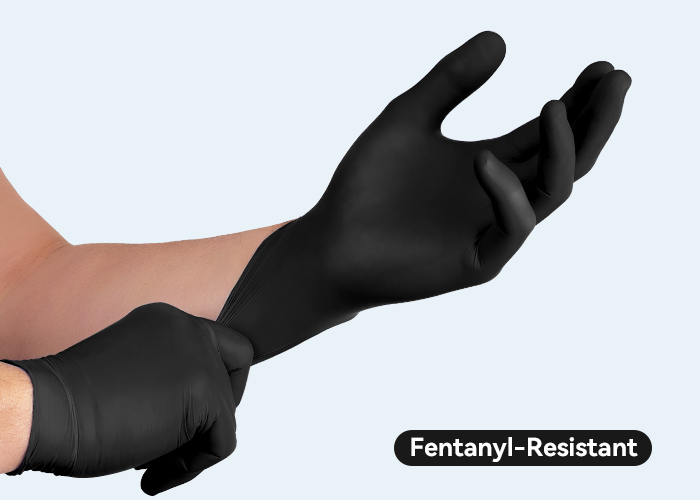Type: | HEPA Melt-blown Filter Media |
Level: | F9、H10、H11、H12、H13、H14、U15 |
Material: | Polypropylene |
Specifications: | Customizable |
Shelf-life: | Over 2 years |
Intended Use
KINGFA HEPA Melt-blown Filter Media uses a unique melt-blown electrostatic process made of polypropylene, which is then melted into a non-woven fabric using melt-blown technology. Its fiber diameter can reach 0.5-5 microns, and its unique wick structure of ultra-fine fibers increases the number and surface area of fibers per unit. This enables the fabrics to possess superb filtering, shielding, thermal-insulating, and oil-absorbing properties. It is widely used in automobile cabin air filters, household air purifiers, protective and medical masks, and fresh air systems.

Features
●High Efficiency: According to ASTM F1980-16 accelerated test conditions, the retention rate of filtration efficiency of KINGFA Melt-blown Medium for HEPA Filters is greater than 99% after 9 weeks of aging.
●Multiple Layers: HEPA filters typically consist of multiple layers of fine mesh that trap particles as they pass through.
●Large Surface Area: HEPA filters have a large surface area that allows them to capture a significant amount of particles without reducing airflow.
●Low Resistance: Despite their high efficiency, HEPA filters have low resistance to airflow,which means they don't require a lot of energy to operate.
●Through the use of molecular weight controllable regulation technology, friction electret technology, and ultra-fine nanofiber controllable technology, the material has the functions of high efficiency, low resistance, charge attenuation resistance, and color resistance.
●The filtration performance of the materials is tested using TSI 8130A and ATI 100Xs automatic filter material testing equipment. All products undergo full inspection, and product quality is strictly controlled.

Quality Standards
●Standard: EN779:2012、EN1822:2009
●Product Safety: ROSH、REACH
EN779:2012 is the European standard for general ventilation air filters. It specifies the testing methods and classifications for air filters used in heating, ventilation, and air conditioning (HVAC) systems.
EN1822:2009 is the European standard for High Efficiency Particulate Air (HEPA) and Ultra-Low Particulate Air (ULPA) filters. It specifies the testing methods and classifications for these filters, which are used in applications requiring extremely high levels of air filtration, such as cleanrooms, laboratories, and hospitals.
Material
Polypropylene,Antioxygen,Electrified Agent
Technical Specifications

Manufacturing Accreditations
●ISO 13485:2006 Medical Device Quality Management System Certification
●ISO 9001:2015 Quality Management System
●EPA Company Number 99922
OEM Services
●Product design and development
●Flexible & timely manufacture
●Quality control and regulatory compliance
●Cost effective with product assurance
●Packaging & shipment
●Technical support
Intended Use
KINGFA HEPA Melt-blown Filter Media uses a unique melt-blown electrostatic process made of polypropylene, which is then melted into a non-woven fabric using melt-blown technology. Its fiber diameter can reach 0.5-5 microns, and its unique wick structure of ultra-fine fibers increases the number and surface area of fibers per unit. This enables the fabrics to possess superb filtering, shielding, thermal-insulating, and oil-absorbing properties. It is widely used in automobile cabin air filters, household air purifiers, protective and medical masks, and fresh air systems.

Features
●High Efficiency: According to ASTM F1980-16 accelerated test conditions, the retention rate of filtration efficiency of KINGFA Melt-blown Medium for HEPA Filters is greater than 99% after 9 weeks of aging.
●Multiple Layers: HEPA filters typically consist of multiple layers of fine mesh that trap particles as they pass through.
●Large Surface Area: HEPA filters have a large surface area that allows them to capture a significant amount of particles without reducing airflow.
●Low Resistance: Despite their high efficiency, HEPA filters have low resistance to airflow,which means they don't require a lot of energy to operate.
●Through the use of molecular weight controllable regulation technology, friction electret technology, and ultra-fine nanofiber controllable technology, the material has the functions of high efficiency, low resistance, charge attenuation resistance, and color resistance.
●The filtration performance of the materials is tested using TSI 8130A and ATI 100Xs automatic filter material testing equipment. All products undergo full inspection, and product quality is strictly controlled.

Quality Standards
●Standard: EN779:2012、EN1822:2009
●Product Safety: ROSH、REACH
EN779:2012 is the European standard for general ventilation air filters. It specifies the testing methods and classifications for air filters used in heating, ventilation, and air conditioning (HVAC) systems.
EN1822:2009 is the European standard for High Efficiency Particulate Air (HEPA) and Ultra-Low Particulate Air (ULPA) filters. It specifies the testing methods and classifications for these filters, which are used in applications requiring extremely high levels of air filtration, such as cleanrooms, laboratories, and hospitals.
Material
Polypropylene,Antioxygen,Electrified Agent
Technical Specifications

Manufacturing Accreditations
●ISO 13485:2006 Medical Device Quality Management System Certification
●ISO 9001:2015 Quality Management System
●EPA Company Number 99922
OEM Services
●Product design and development
●Flexible & timely manufacture
●Quality control and regulatory compliance
●Cost effective with product assurance
●Packaging & shipment
●Technical support










